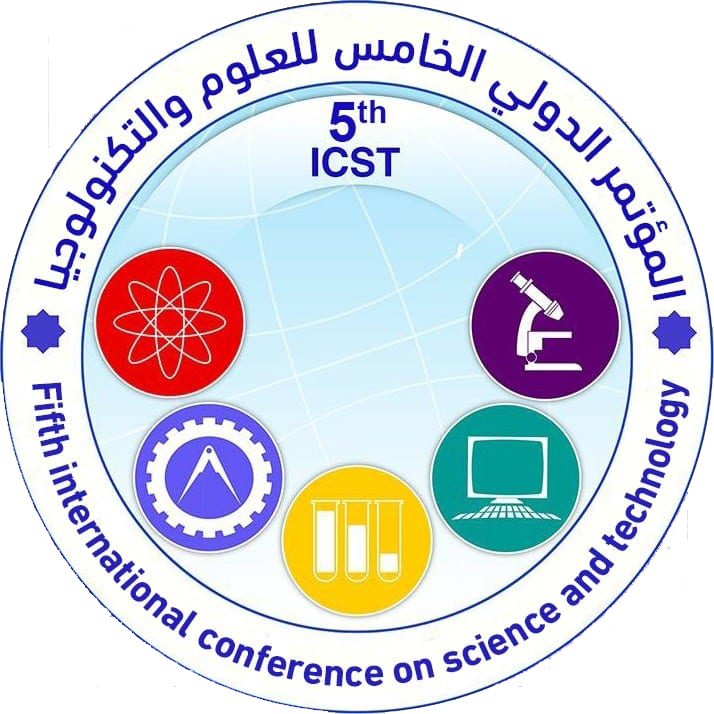Occupational health effects of child labor within the framework of the sustainable development goals: efforts and obstacles
Main Article Content
Abstract
Child labor is one of the most dangerous social phenomena that threatens the sustainable development of future generations, and their safety and health. The current study clarifies a future vision that clarifies the interrelated elements of sustainable development to eliminate this phenomenon. It aimed to identify the reality of working children and their health effects in Libya and Egypt from two perspectives ;negative risks, work injuries and diseases, negative effects that shorten their productivity, and weaken their ability to work. Using the descriptive analytical approach, the study population was 133 working male children within the age 7- less than 18 years. Data were collected using ( questionnaire, interview with children, and observation of the phenomenon under study). The data were analyzed using the SPSS program, and several statistics ( frequencies, percentages,, arithmetic mean, standard deviations), and qualitative "t" analysis of variance "Cronbach's alpha" :P-test and Pearson's correlation coefficient, as for the level of statistical significance, it was determined at the level of alpha = 0.05. The study reached several results, the most important of which is that the child labor is the real problem that has a negative impact on their future. Regarding the negative risk component, it was found that children had a positive attitude towards their health status. However, exposure to health risks increased from the lower age groups with less education and those who worked long hours. With Regard to the component of work injuries and diseases, it was found that those injuries and diseases were more common among those working in the streets, and the results indicated a low professional experience and better future job opportunities. Some recommendations were made based on the findings.
Downloads
Article Details
Plagiarism policy
Sebha University Journal respects intellectual property and aims to protect the original work of authors applying for publication. In general, the laws of the magazine are inconsistent with scientific articles that contain stolen materials and are not bound by the standards of quality, research and innovation. Applicants for publication to the journal must adhere to ethical standards and refrain from plagiarism in any way. In the event that any plagiarism or scientific theft of an article submitted for publication is found, the journal will contact the author to provide their interpretation within two weeks of its date, after which it will be referred to the relevant committees formed for this purpose to take strict measures. about that. In general, the journal’s license allows the citation of the content published on its website and the download of all files.




